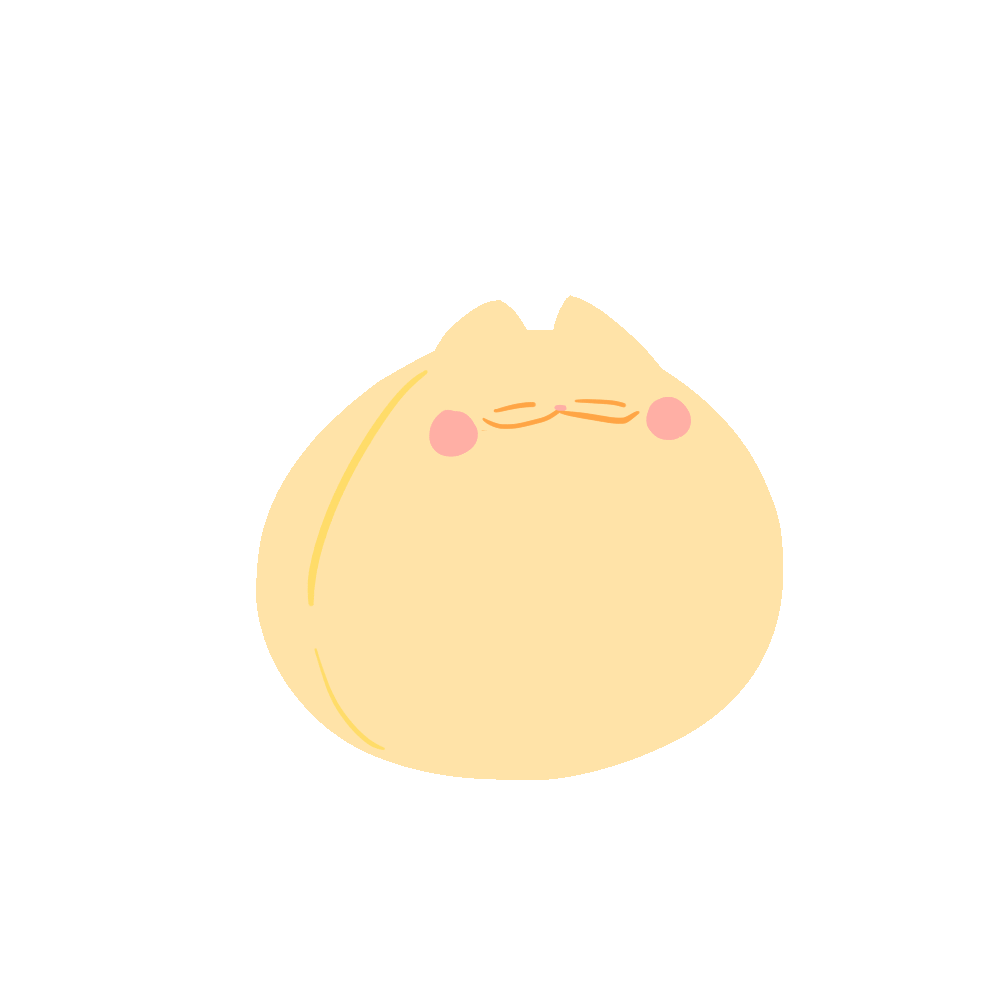CNF Online Journal 2: “Wilfredo Pascual’s Animalia”
Reading the text had me constantly whirling around different sceneries, like a fantastical zoo of places I knew. It actually reminded me of one of my favorite books, “Tales from the Inner City” by Shaun Tan. Tan’s writing focused on exploring the relationships between man and beast, and how modernization in relation to naturalism or environmentalism play into this evolution of connection. I kept this in mind for a good part of reading ‘Animalia,’ I found that the direction of the two texts differ slightly but fundamentally enough that I snapped out of it about halfway through. From what I can tell, ‘Animalia’ does not necessarily aim to connect beasts and humans by analyzing the similar paths of evolution in changing times, rather it points out that for all our talk of being evolved, we still reach the same conclusion, posing the question of whether humans and beasts were ever separate at all.
The text makes use of the first person POV, most autobiographical, or semi-autobiographical in this case, creative non-fiction pieces use this POV I think. It is no wonder, after all, this POV allows more malleability on the author’s part without sacrificing accuracy since this is their retelling of their own experiences and how they experienced them.
Malleability seemed to be the name of the game during this text, since the author took a more subjective approach. Not only does First Person POV lend itself towards intimacy and relatability for the reader, this text shows it also lends itself perfectly to creative expression of an objective fact or observation. Each analogy for human and beastly behavior was prefaced with a mostly objective retelling of the experience, with relatively flowery words, and it delves of into how the author perceived this and how it fit into the ‘humans as beasts’ philosophy. The snippets followed this general structure, leaving plenty of weight to the author’s own thoughts, that seemed to form sceneries of their own within the reality being written about.
Each train of thought used the First Person POV and subjective approach to do what I can only describe as a Fish eye effect around or from the author in the stories. The sceneries and events would suddenly focus on our writer-protagonist, leaving out the external information that no longer affected his thinking at the time, the spotlight fully on his musings. This view, just like a real fish eye looking glass, leaves the surroundings warped, maybe even completely different looking from what they objectively are, yet they are still themselves. Bracky is indeed still a scary dog, but from the author’s worldview, he was humanized and akin to the author’s father somehow. The pigeons are still just birds, but the looking glass paints them as streaks in the sky that represent our innate instinct for home and the familiar. Beasts around the author slowly warp into representations of human qualities, memories, desire, hunger, survival, striving for dominance. Who’s to say they were separate from us at all, if all it takes is a more focused, albeit warped, point of view?
As for the actual analogies within the text, I can’t help but appreciate it. I mentioned earlier that the viewpoint in order to see them is warped, and I meant this neutrally to positively at best. It technically would be warped as it defies what has been normalized up to this point. The anthropocentric view of seeing humans as higher than the living things around them is all but normalized, and gives way to destructive tendencies. I don’t believe myself to be that learned with environmentalism, but I do think that the viewing of humankind as the superior being gave way to the thinking that nature and beasts are ours to mold according to our wishes. However, the text seems to ask what really is so different between a lion hunting and devouring a baby gazelle and a human bashing a bat’s head in or eating ‘man’s best friend’ out of pure hunger and search for dominance in a social hierarchy. The text goes so far as humanizing the animals and leaving the humans as caricatures of corruption or desire. By the end, the author and his father were basically ‘animalized’ (I can’t find a better word. The author humanizes the animals through his thought process. This thought, or sentience, is what we often define as the reason we are higher than beasts, but if we actually use it in a slightly different way that strays from superiority and more to understanding or empathy, it is more productive overall.
I’m not sure at all if I was able to understand the text properly, but it was a compelling reading experience. The way the author somehow melded his world just by willing it so in order to show how the world felt to him left me appreciating the things around me more. In fact, that could have been the point of the text.
